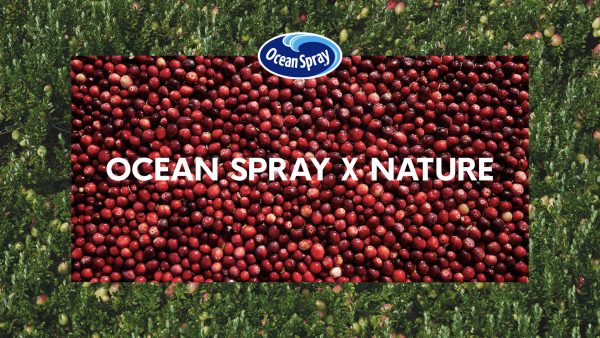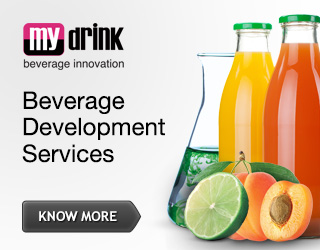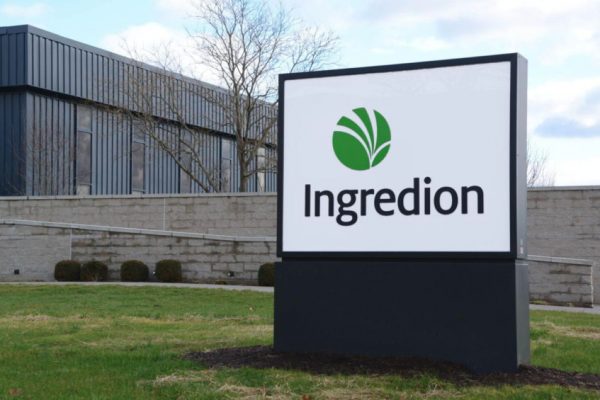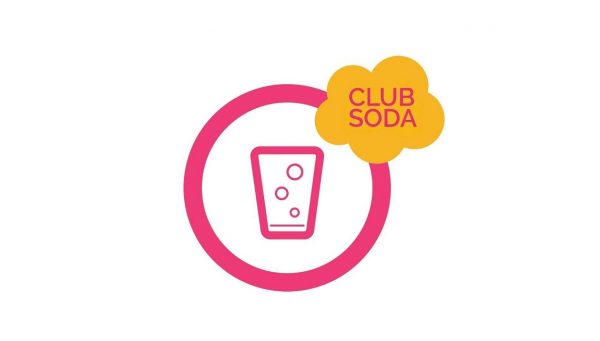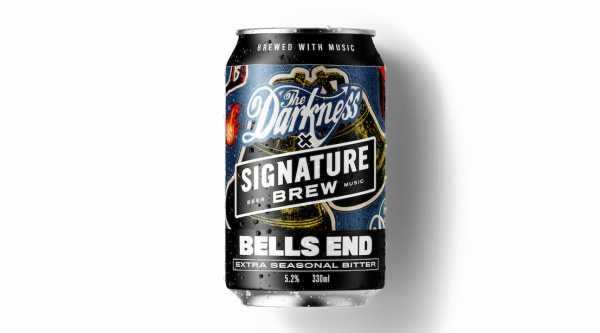How To
How To Market A New Drinks Product When Your Budget Is Tight
Marketing a new drinks product takes time and effort, especially when you’re competing against big-name beverage behemoths. Costs can often rise quickly, but they don’t have to. Marketing a new drinks product on a shoestring budget is possible. All it takes is a little work and creativity.
Market research on a small budget
When you’re launching a new product or brand, the key thing you need to bear in mind is your customer. Understanding your target audience is crucial to meeting their needs in the long term, and forms the foundation for a solid marketing campaign. As such, market research should be a priority when you’re setting out.
While big corporations can and do spend substantial sums on their market research, smaller brands don’t necessarily need to invest similar amounts for the same ROI. There are ways that you can accrue useful and valuable market data without breaking the bank.
Ultimately, marketing on a budget requires quality over quantity. Start at home: use information that is readily available from your existing customers to form the basis of further market research before searching elsewhere.
Marketers can source a significant amount of free data from a variety of tools. Google Analytics and Facebook Insights are two such examples. These are both vital in building up a picture of your audience demographics, highlighting useful information that ranges from the basics — such as age and location — to the advanced, such as personal interests and shopping habits.
Test low-risk variations
As more and more companies reap the rewards of advanced AI technology in analyzing big data, it’s easy to focus on facts and statistics rather than human intuition. While the former is a valuable research channel and has its place, marketing has at its core an emotional vein too. Despite the leaps made by artificial intelligence in this field, it cannot wholly account for basic human sentiment.
With that in mind, marketers should remember to listen to their own judgement in the process. Interpret statistical data with a human eye. There’s no such thing as one size fits all in marketing, so test your campaigns wherever possible to find the variation that works best. This is generally a low-risk but revealing method of choosing a direction.
Split or A/B testing is particularly useful for determining the efficacy of a website or digital ad. There are a few free tools that let you do this. As ever, Google leads the charge with their Web Optimizer, although Facebook’s own A/B test for their paid social ads can also provide a useful insight into your target audience’s preferences.
Split testing is a low-cost way for marketers to make meaningful alterations to their campaigns by flagging up aspects that perform poorly. It can be taken further by not just providing a one-off solution, but using that to inform other aspects of your marketing strategy as well.
Alternatively, source a focus group from your target market for more tangible aspects such as packaging design. They can be sourced relatively cheaply too, with the offer of a gift card or small fee in exchange for their time and opinions.
Content marketing
Gone are the days of paying huge sums for agencies to market your brand. With the dawn of the digital age comes a way for your customers to engage themselves with your business — through content marketing.
While this sounds like a marketer’s pipe dream, there is research to back this up: 70% of consumers surveyed claims they would prefer to learn about brands and products through content over more traditional forms of advertising. Evidence from the Content Marketing Institute supports this, with content marketers reporting up to 7.8 times more traffic than those who do not use the method.
Visual content, in particular, is highly effective for engaging your audience, and it lends itself especially well to a visible product like a beverage. Use creative teaser images to drip feed your campaign through your social media, or create short but dynamic video clips to disrupt your audience’s timeline.
User-generated content, however, is a vital arrow in a marketer’s quiver. Encouraging your customers to create content and share it online with a branded hashtag or mention can lead to considerable gains in awareness, engagement, and sales.
An especially effective example of this is Pepsi MAX’s Max It Now campaign. The multinational soft drinks brand requested their customers share the reasons they prefer Pepsi MAX to Coke on social media, with the best entries receiving a variety of prizes. The campaign was a huge success, resulting in over 7000 submissions and more than 50,000 unique visits.
One of the main allures of this form of inbound marketing is its low cost. Even content generated in-house is considerably cheaper than other types of marketing, and user-generated content is virtually free. On top of that, it creates an environment that draws customers from your target audience.
The power of reviews
One of the primary challenges you’ll face when marketing your new product will be establishing and proving your credibility. Unless you’ve got the brand weight of big names like Pepsi or Coca-Cola, this can be difficult, and even then new products still have to work to prove their worth to consumers. The best and most reliable way of establishing brand credibility is through testimonials from your customers. 88% of consumers take reviews into account when making a purchase, and they should form an integral part of your marketing.
Sourcing these doesn’t need to be taxing, as consumers are generally only too willing to provide a review of a product, especially in return for a freebie or competition entry. With a drink product, consider setting up a pop-up shop offering free samples in return for a review. Social media is one of the best ways to source these and build a solid online customer base.
Make sure your social profiles are accessible, and reviews are easy to submit. Depending on the platform, request a star rating from your customers, as there are rated as the top factor that consumers take into account when judging a brand.
Unified branding across channels
The savvy consumers of today are expert navigators of retail. They know their stuff, frequently researching desired products online before making a purchase offline. As such, a vital part of your drinks marketing strategy will focus on creating a unified brand experience across all the channels you’re active on. A holistic brand narrative serves to create a single, coherent picture of your business and requires all departments to be looped up with each other.
A successful cross-channel brand experience starts with a deep understanding of your customers: who they are, what their shopping habits are, what they think about your brand image. This will underpin everything you do in your marketing strategy, from setting up a website to your social media strategy, and you should refer to it at every step in your process.
Once you’ve identified this, you can alter your drink’s branding to suit. An example of this is Coca-Cola’s Relentless energy drink, with a marketing strategy focused on urban music and culture to reflect their target audience of self-identifying ‘alternative’ youths.
Once you’ve identified your brand experience direction, you need to make sure you and your colleagues are well-versed in it. Consistency is bolstered when brands dedicate time and energy to ensuring all members of their team are looking in the same direction. Immerse them in your brand’s values, and they will embody that in every customer interaction they are responsible for.
You don’t need to break the bank when you’re marketing a new drink product. The digital sphere offers more significant opportunities for market research and customer feedback than ever before. As such, there’s plenty of ways to create an effective marketing strategy on a tight budget. All it takes is effort and a little creativity.




